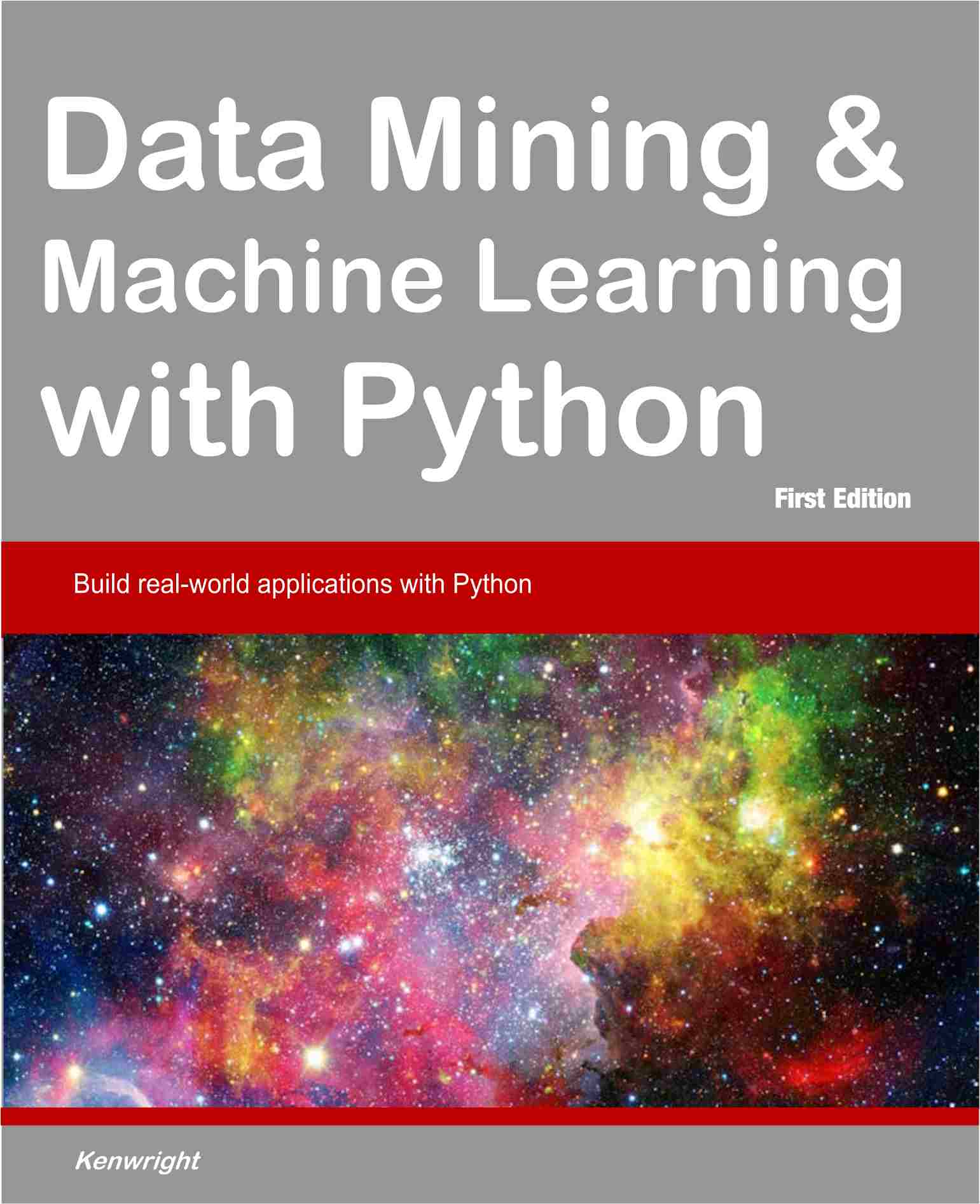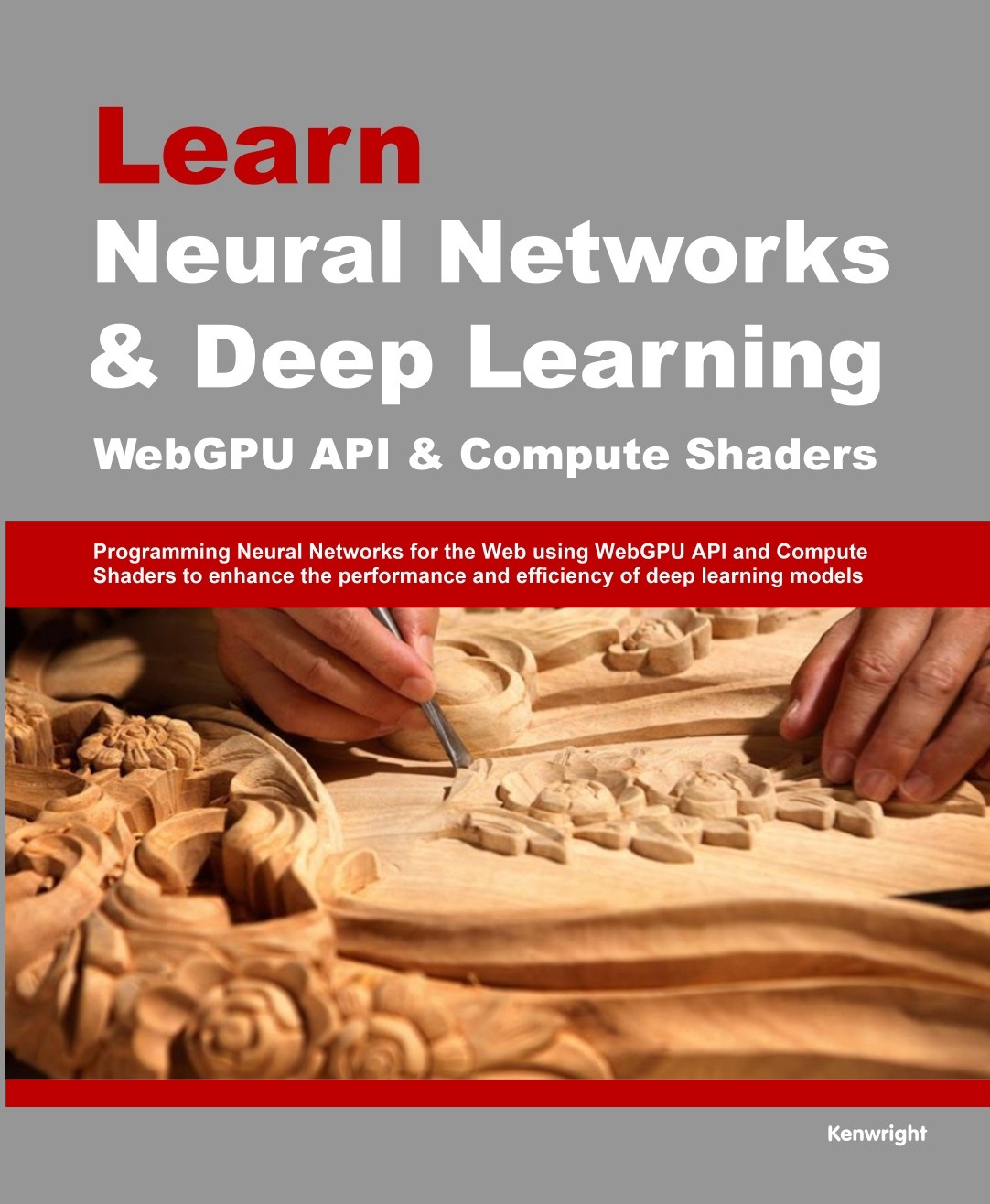What is Ensemble Learning?
Ensemble Learning is a machine learning technique where multiple models are combined to improve overall performance, often by reducing variance, enhancing generalization, and boosting predictive accuracy.
Why is Ensemble Learning Important?
Ensemble Learning is important because it leverages the diversity of multiple models to mitigate individual model weaknesses, enhance robustness against noise and overfitting, and achieve superior performance across various domains and tasks.
What are the Challenges of Ensemble Learning?
The challenges of Ensemble Learning include managing computational complexity, ensuring diversity among base models, addressing model correlation, balancing bias and variance, and handling class imbalance or noisy data effectively.
What types of Ensemble Learning Algorithm?
Ensemble Learning algorithms include bagging methods like Random Forest and Extra Trees, boosting algorithms such as AdaBoost and Gradient Boosting Machines (GBM), stacking, and hybrid approaches combining multiple models to harness the strengths of diverse learners.
What is a very simple Ensemble Learning Python example?
A simple example of ensemble learning using the Random Forest algorithm in Python, to classify Iris flowers into different species based on their features. We train the model on a training set, make predictions on a test set, and evaluate its accuracy.
from sklearn.datasets import load_iris
from sklearn.ensemble import RandomForestClassifier
from sklearn.model_selection import train_test_split
from sklearn.metrics import accuracy_score
# Load the Iris dataset
iris = load_iris()
X, y = iris.data, iris.target
# Split the data into training and testing sets
X_train, X_test, y_train, y_test = train_test_split(X, y, test_size=0.2, random_state=42)
# Create a Random Forest classifier
rf_classifier = RandomForestClassifier(n_estimators=100, random_state=42)
# Train the Random Forest classifier
rf_classifier.fit(X_train, y_train)
# Make predictions on the test set
predictions = rf_classifier.predict(X_test)
# Calculate accuracy
accuracy = accuracy_score(y_test, predictions)
print("Accuracy:", accuracy)
Ensemble Learning Algorithms
|
├── Bagging
│ ├── Random Forest
│ └── Extra Trees
│
├── Boosting
│ ├── AdaBoost
│ ├── Gradient Boosting Machines (GBM)
│ ├── XGBoost
│ └── LightGBM
│
├── Stacking
│
└── Voting
├── Hard Voting
└── Soft Voting
 |
Other Data Mining and Machine Learning Texts |
 |















|